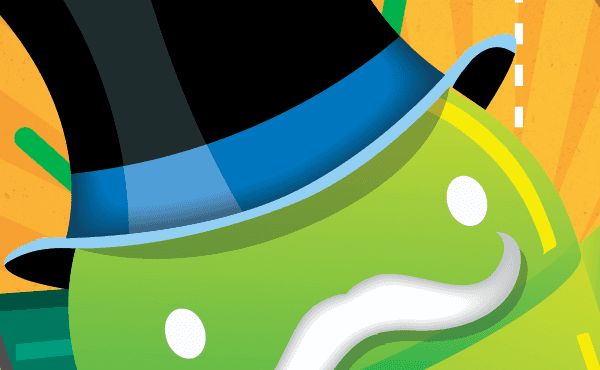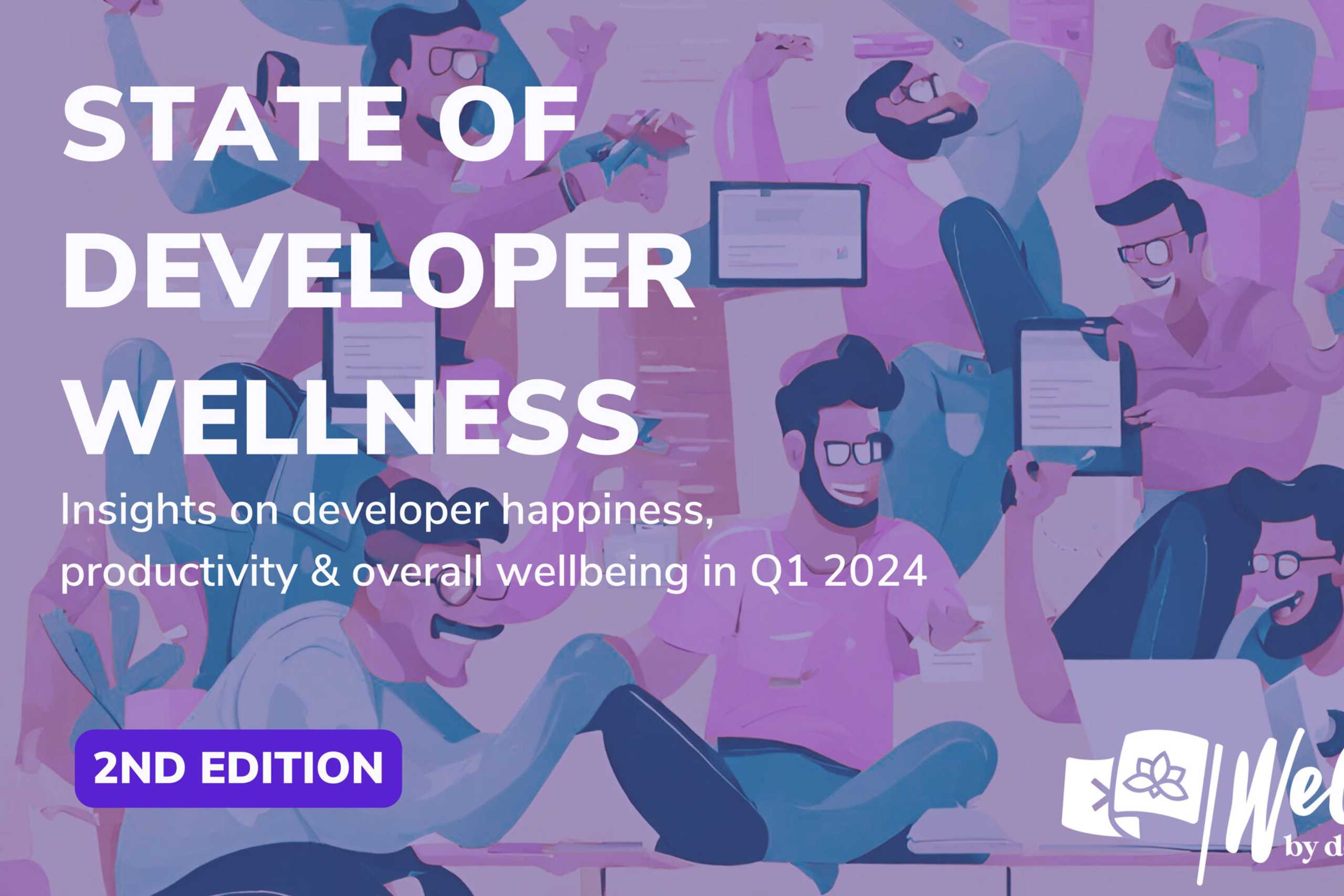
January 08, 2013
A recent report from Canalys highlighted the extreme concentration of income distribution across the iOS and Android stores in the US. The top 25 publishers make 50% of the revenues. 24 out of 25 of those are games publishers (the 1 exception is the Pandora music streaming service). During the first 20 days of November these 25 publishers made $60m from paid downloads and in-app purchases in the US alone. Is there still room left for smaller publishers? How can smaller companies succeed and start winning on the app stores?
Top 25 publish more than 1000 apps
The level of concentration of revenue is not quite as bad as it might seem, nor are games the only apps which make good revenues. Indeed, Canalys noted that:
“During the same period, games accounted for 145 on average of the top 300 paid apps in the Apple App Store and 116 of Google Play’s top 300 paid apps. Games also accounted for 94 of the top 300 listed free apps for Apple and 110 for Google Play.”
So if there are more non-games than games amongst the top apps on both stores what do these numbers really mean? They reflect the fact that the professional games development industry has large publishers with multiple development teams building lots of apps. For example, according to App Annie, Electronic Arts has 969 apps on iOS while Gameloft has 260.
Is a big publisher the only way to succeed?
Does this mean that only giant publishers make really good money in mobile games? Well, no. Whilst Canalys notes that successful developers “almost invariably have multiple titles generating revenue,” and TechCrunch concludes that this is a key to success, there is a very prominent counter-example. As I write this, Supercell from Finland has just 2 games in Apple’s store, Clash of Clans and Hay Day; they just happen to be the number 1 and 2 top grossing games on the platform. Between them, the revenue from those 2 games exceeds the total from Electronic Arts 969.
Supercell is an interesting case study. They only have a headcount of 70 and their developers works in small teams of 5 or so that they call “cells”. So far they’ve killed far more game projects than they’ve launched. If a game doesn’t feel right in focus groups or doesn’t get good feedback in beta testing then the project gets cancelled.
So, although a popular strategy amongst many high earning publishers is to release lots of apps, a focus on quality over quantity is currently yielding the very best results. Big name publishers with popular game franchises and branding deals are clearly succeeding, but neither of those things are essential. The fact that Supercell has both of the top grossing games suggests this is not pure luck. This should be encouraging for smaller developers, great content can still succeed without a big brand behind it.
Winning on the app stores: What about the little guy?
Even so, Supercell may still seem out of reach for most developers. The team at Supercell are industry veterans and were funded with $12m before they launched their first project. Many may dream of success more like that enjoyed by Andreas Illiger, whose Tiny Wings game (developed solo in 9 months) reached the number 1 grossing spot in 13 countries, including the US, UK and Canada; it was top 10 grossing in 93 countries. However, this year’s iPad version of the game, although extremely successful, did not reach the same levels as the original. The bar is probably getting higher as the market matures. There is no significant evidence for a repeatable success formula here.
A more realistic success target for many individual developers would be Pierre Abel, developer of iOS Educational apps Word Wizard, Montessori Crosswords & Montessori Numbers. Pierre made $200k in a little over a year from first starting to sell his apps and over $400k in 2012. His blog posts explain what he did, what worked and what didn’t. They are well worth a read, particularly for those interested in the Education market. Here’s why he thinks he’s been successful (in his own words):
- I create great apps according to reviewers, and there is market the kind of app I do
- I was there where the iPad was released, and it was really easier to let people know about you, and so now marketing is easier
- Apple seems to love my apps and promote them (perhaps one of the most important point)
- I market my apps (more below)
- I’ve got a nice user base and so I can cross-market my apps
- Educational purchase are beginning to be really nice
It’s worth adding that Pierre also picked his platform well for the type of content he wanted to create. An Android version of one of his apps developed by a friend on a revenue share basis only sells 20-30 copies a day (possibly due to the relative popularity of paid apps on Android). A Nook version of the same app with Garfield branding has sold less than 50 copies total.
Store rankings aren’t everything
Interestingly, aside from the occasional feature by Apple which spikes app rankings, the apps spend most of their time outside the top 50 in the Education category. Sales are achieved through marketing efforts rather than app store visibility, which takes up about 15-20% of Pierre’s time. The secondary market of direct volume purchases by educational institutions is contributing significant revenue and this does not affect store rankings. There is some parallel to Supercell here, since Clash of Clans is currently outside the top 50 overall and top 25 in games by downloads in all major markets, while still being the top grossing app; it has never been a top 25 overall download in the largest markets.
As we discussed recently, marketing is critical to the financial success of apps. Whilst popular brands and a big marketing budget to capture the biggest possible audience are one formula for success, the market is extremely large now. Developers don’t need the biggest audience, they need the right audience. Successful marketing can reach the right users, who will then be easier to engage and monetize. Big publishers may be taking half of the revenue on the app stores but there are other ways to win and still half of a large and growing pie left for everyone else.
Contact us
Swan Buildings (1st floor)20 Swan StreetManchester, M4 5JW+441612400603community@developernation.net


